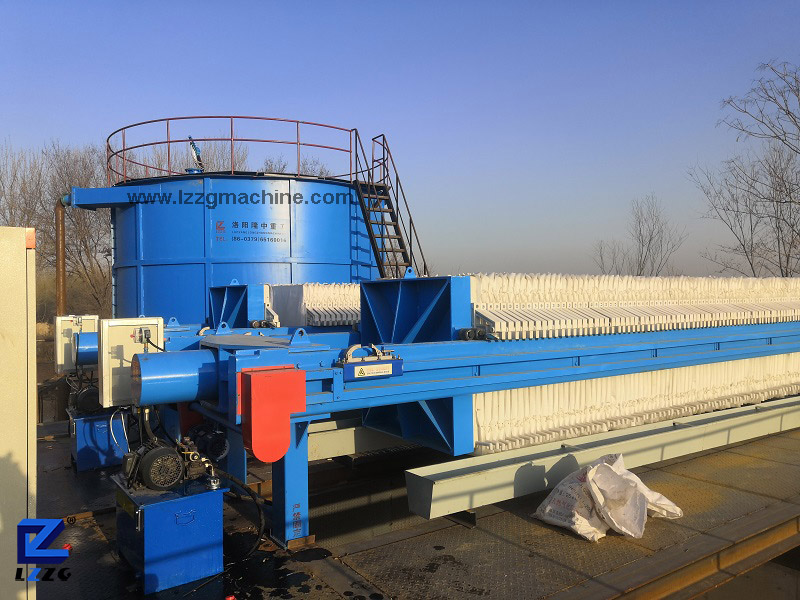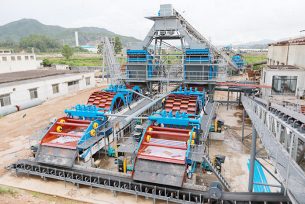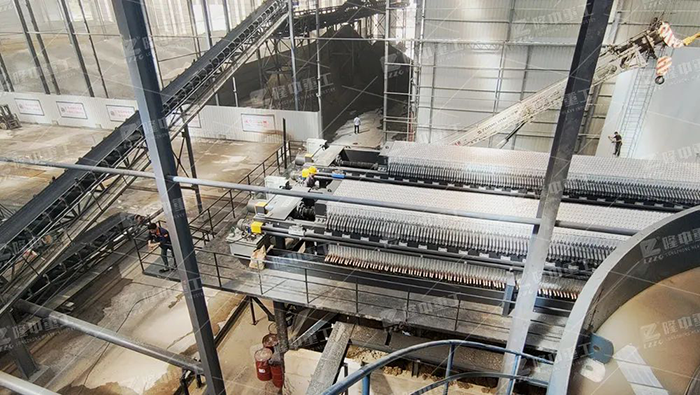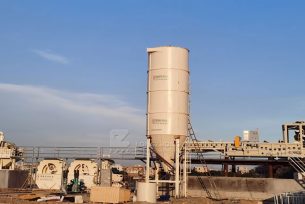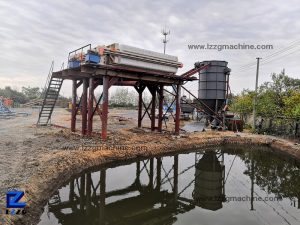Sludge thickening dewatering process of various sludge types
 August.13,2019
August.13,2019
STP typically requires sludge dewatering prior to final disposal of sludge/biosolids, or as a prelude to further processing or stabilization. Since the dewatering process has significant differences in reducing the moisture content of the sludge, the final sludge treatment method usually has a significant impact on the dewatering process that is most suitable for a particular STP. The effect is also the characteristics of the sludge that needs to be dewatered; that is, whether the sludge is raw or digested, whether the sludge contains WAS or whether the sludge has previously thickened. For raw sludge, the freshness of the sludge will have a significant impact on dewatering performance (sewage sludge is more difficult to dewater than fresh raw sludge).
A reasonable design basis for sludge production value should be established. Instead of actual sludge production data, an overall plant mass balance should be provided to account for sludge generation for each process unit process, including the liquid and solid series and the effect of the recycle stream on the main liquid system process.
Table 1 shows the solids capture for various sludge thickening and dewatering process methods, the solids concentrations typically achieved, the energy requirements and the appropriate final disposal schedule. The solids concentration shown in the table assumes that the sludge has been properly regulated. Designers should be aware that dephosphorization chemicals (ie, alum or ferric chloride) reduce the allowable solids loading rate of the dewatering equipment and produce a lower cake solids concentration than without phosphorus removal. This is expected due to the additional sludge load caused by the chemical sludge and its potentially lower initial concentration.
| Thickening Method | Sludge Type | Expected Performance |
|---|---|---|
| Centrifugation | Waste Activated with Polymer | 8-10% TS and 80-90% Solids Capture with Basket Centrifuges; 4-6% TS and 80-90% Solids Capture with Disc-nozzle Centrifuges; 5-8% TS and 70-90% Solids Capture with Solid Bowl Centrifuges. |
| Gravity Belt Thickener (GBT) | Waste Activated with Polymer | 4-8% TS and ³ 95% Solids Capture |
| Rotary Drum Thickener (RDT) | Waste Activated with Polymer | 4-8% TS and ³ 95% Solids Capture |
| Gravity | Raw Primary | 8-10% TS |
| Gravity | Raw Primary and Waste Activated | 5-8% TS |
| Gravity | Waste Activated | 2-3% TS (Better results reported for oxygen-rich activated sludge) |
| Gravity | Digested Primary Digested Primary and Waste Activated | 8-14% TS |
| Dissolved Air Flotation (DAF) | Waste Activated (Not Generally Used for Other Sludge Types) | 4-6% TS and ≥ 95% Solids Capture With Flotation Aids |


